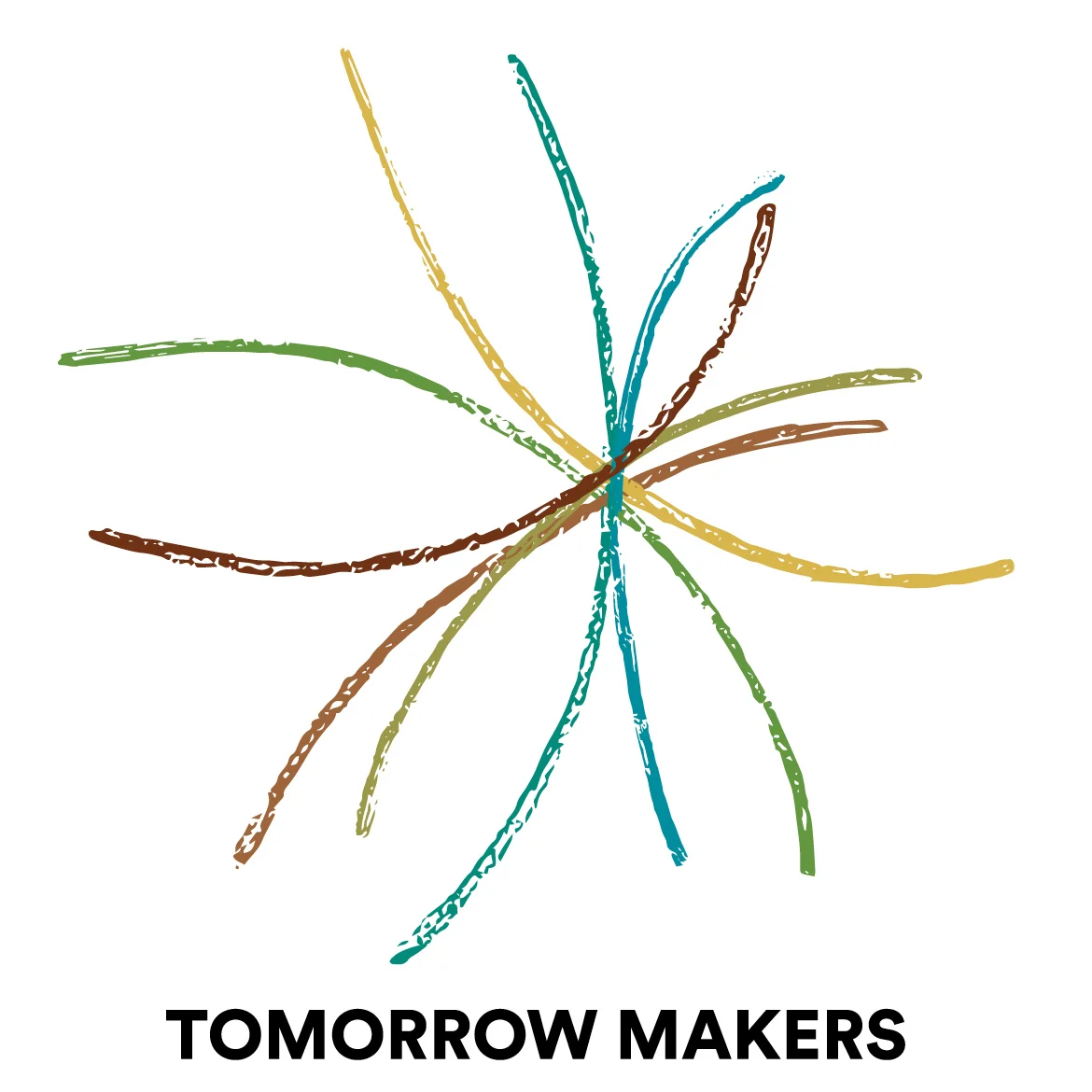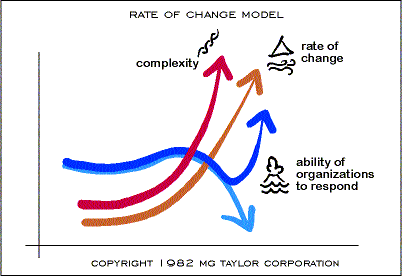What's in a Logo?
/
Tomorrow Makers has a new logo. (see above) Our first one was designed 14 years ago by Alicia Bramlett and we still love it. The earth colors, shapes, and red thread running through it create a rich narrative. We have had many, many complements on it. I sometimes asked strangers what it conveyed of Tomorrow Makers and I got back words like "beauty", "earth/nature", "parts and whole", "red thread ties together". Pretty good!
In the beginning neither Todd nor I had any idea for what we were looking for, especially since we still appreciated the work of Alicia. But it seemed time to put out a new story and so Todd and I went to our colleague, Alfredo Carlo @ Housatonic Design Network, with a request to design something new for us. Emails went back and forth from us to Alfredo and his teammates at Housatonic in Bologna, Italy, for about six months as we were in no special hurry. Each iteration got us closer to what we were looking for. Todd and I struggled with purpose. In the beginning it was easier to tell what was not us, then to know what was us! With extraordinary patience, Alfredo, Rayane, and Elena, and others provided rich design images and narritives as to what they represented. Because of these, Todd and I came closer to knowing our own story. We were able to articulate concepts that embedded natural life forms, Fibonacci concepts, the unfolding and enfolding of conversations each so much a part of our process They even incorporated Kevin Kelly's "Nine Laws of God" for how to create something out of nothing. We saw each term as something embedded in everything we do.
A few weeks later we received this graphic from the team: 
Click on the image to see it.
Here was our whole story! We could hardly wait to see how they would distill this very full image into a simple logo. Can you find the final design within this complex graphic?
Several weeks later we got a wonderful PDF back with our logo, how the design unfolded within the team, and a display for how the logo would play on a letterhead, business cards, brochures, web pages, and proposals.
I think the most important thing for us, besides, the image, was to know the love, and intellect that the Housatonic team invested in our need. Now, when I see the logo I can feel the Housatonic energy behind it. And, we are not alone. The first time Todd and I used the logo for a proposal, we were complimented first and foremost on our logo! Now, I am waiting for the printer to phone telling me that my new business cards are ready. I have not had cards for years, but I will be happy to have these to hand out.


